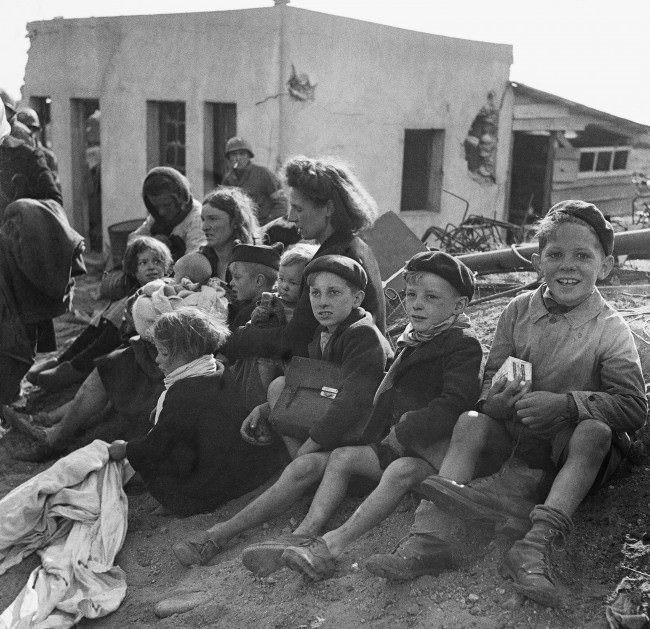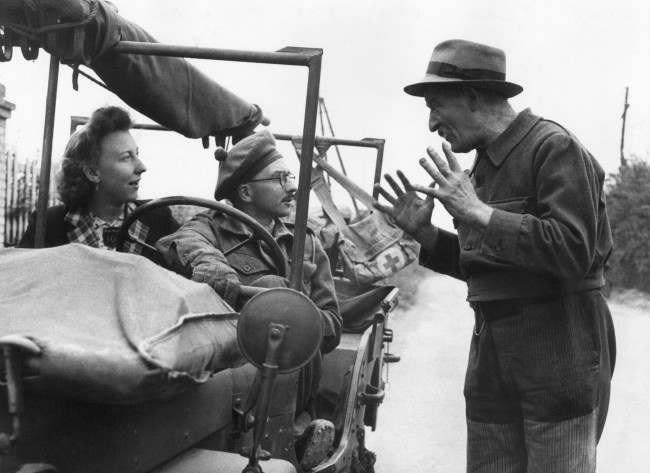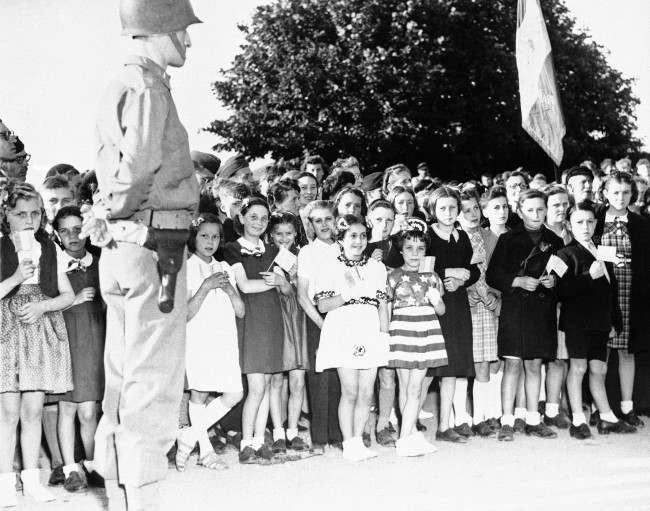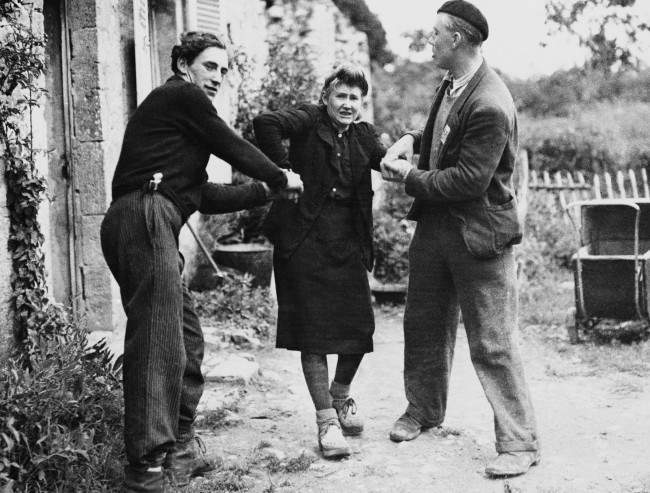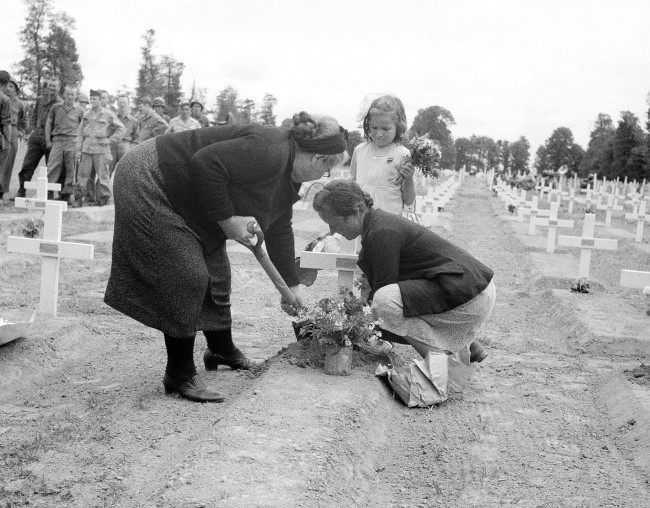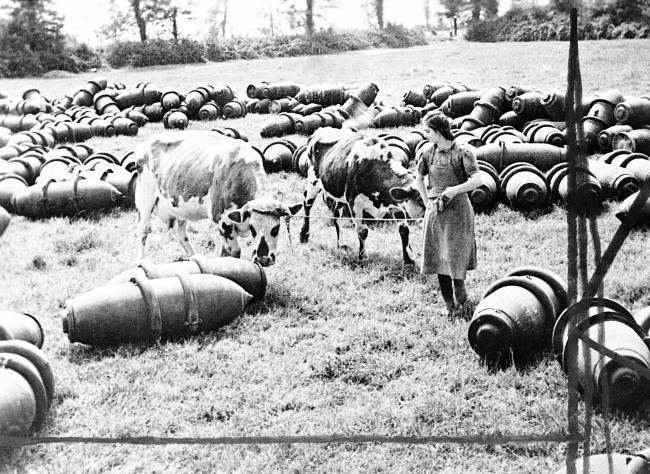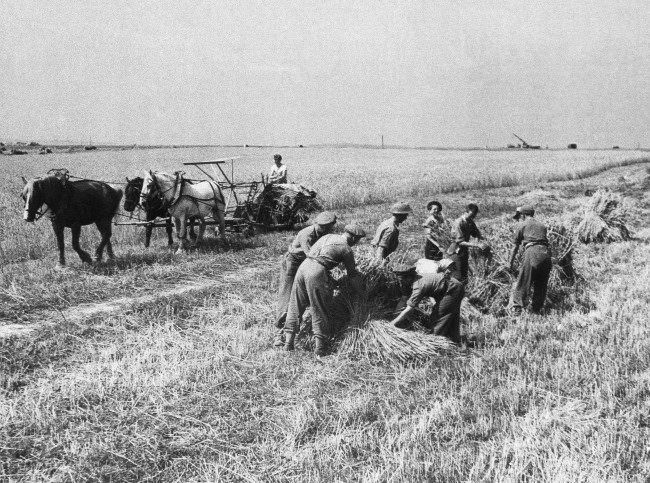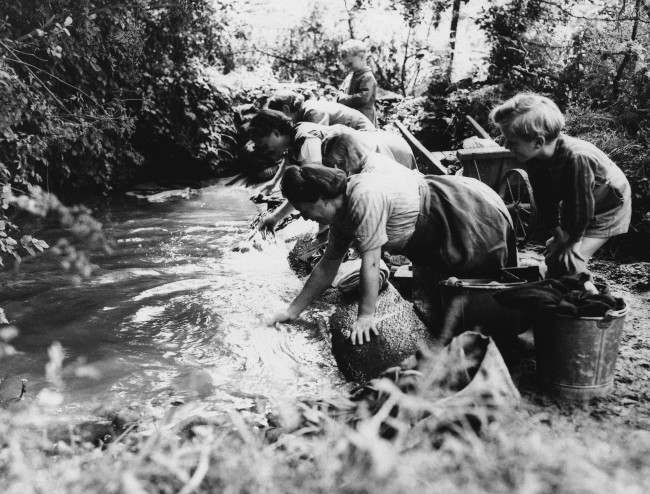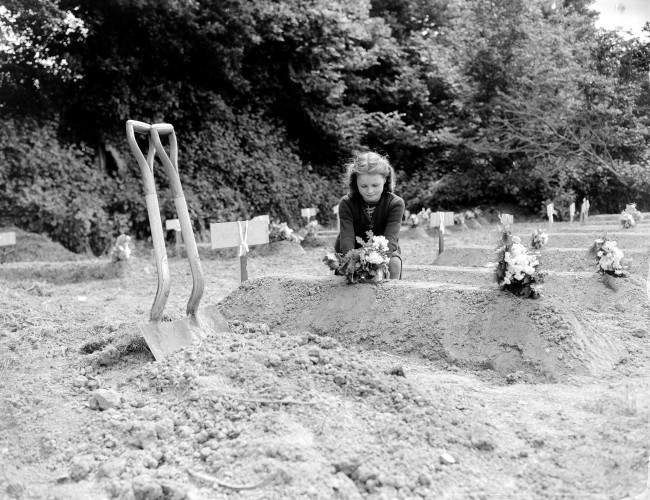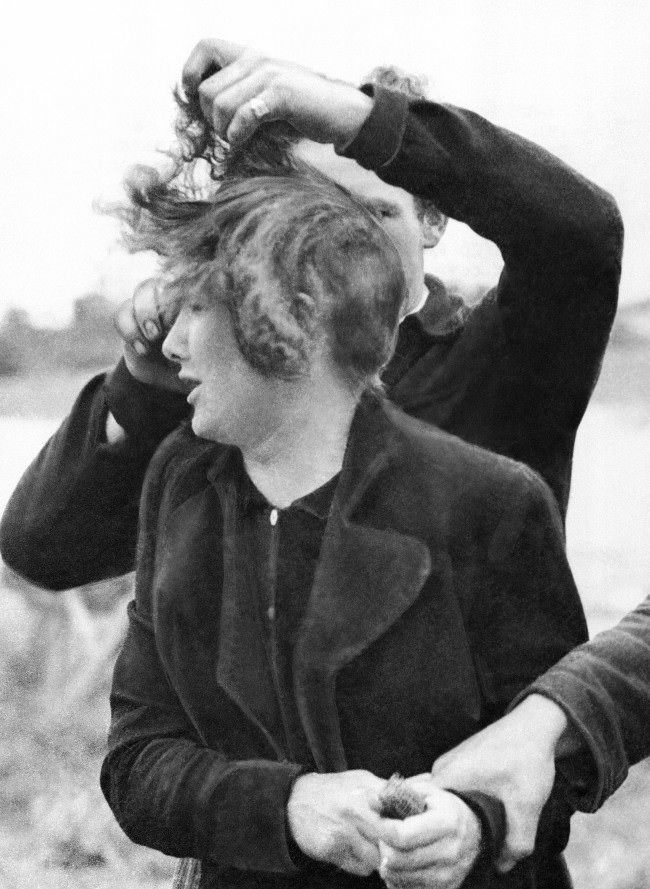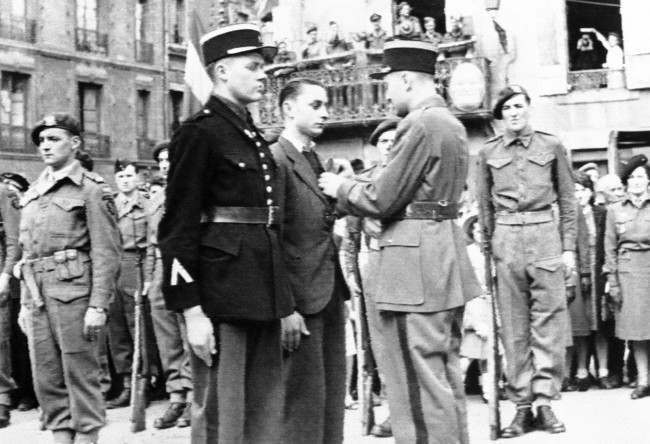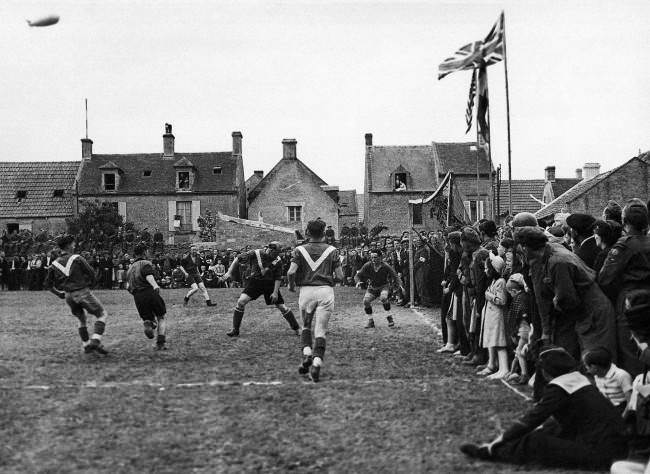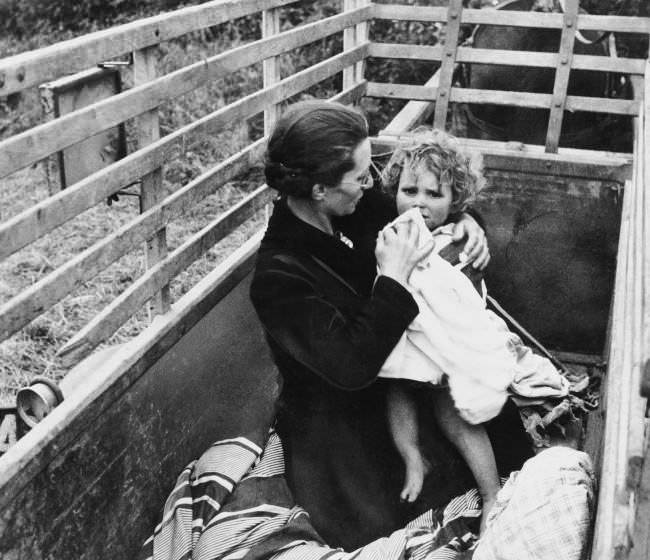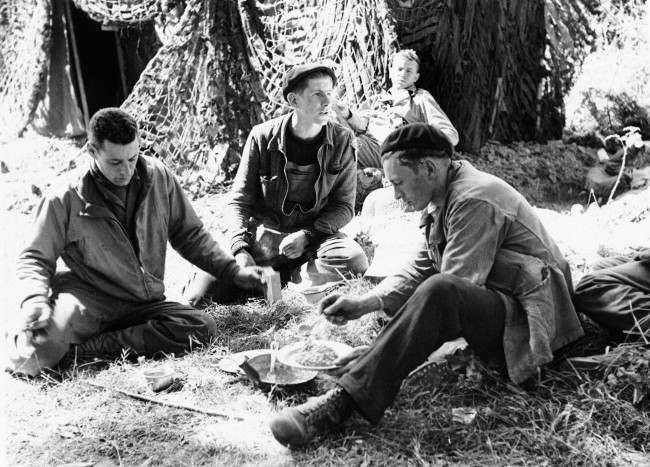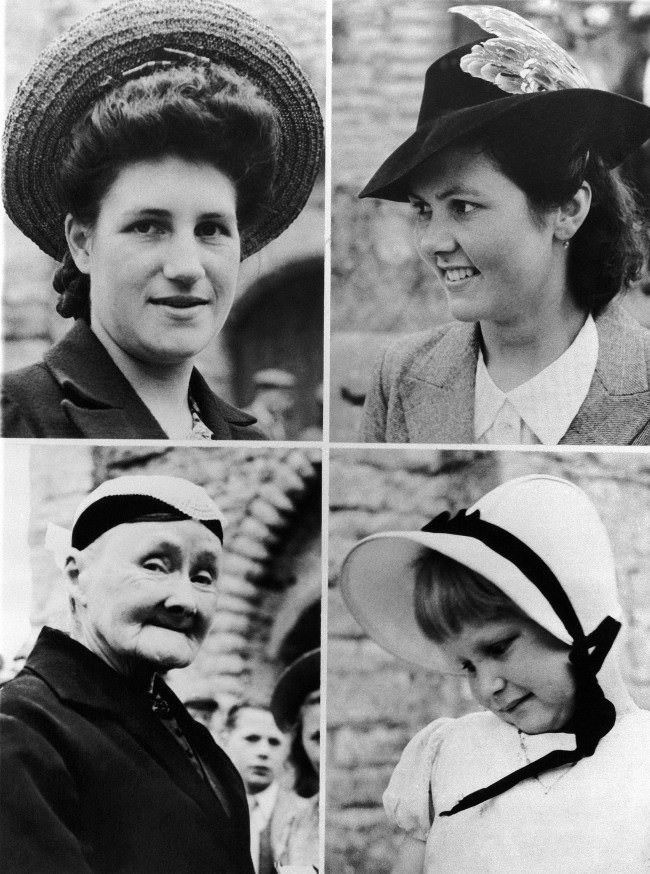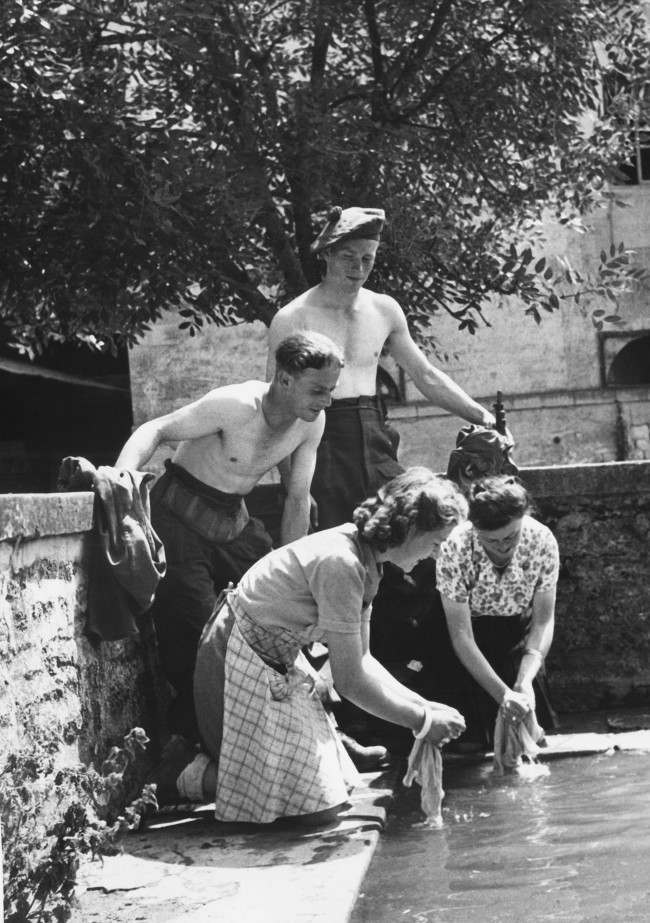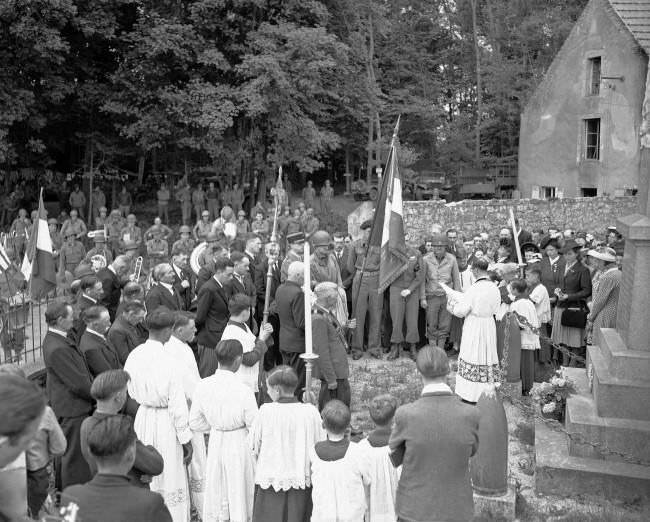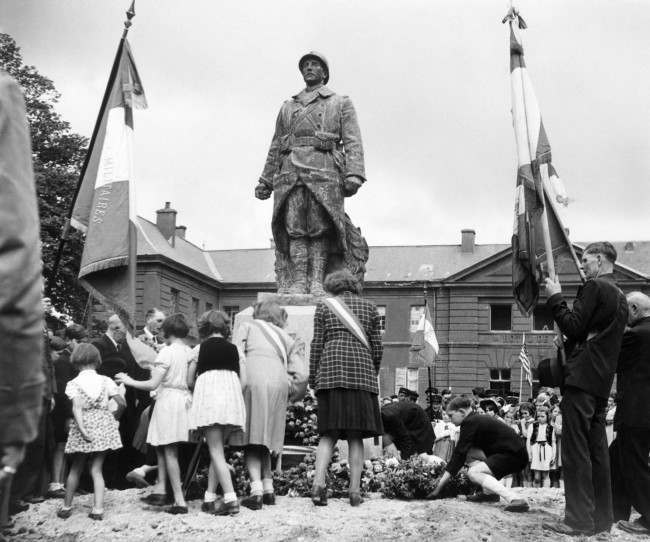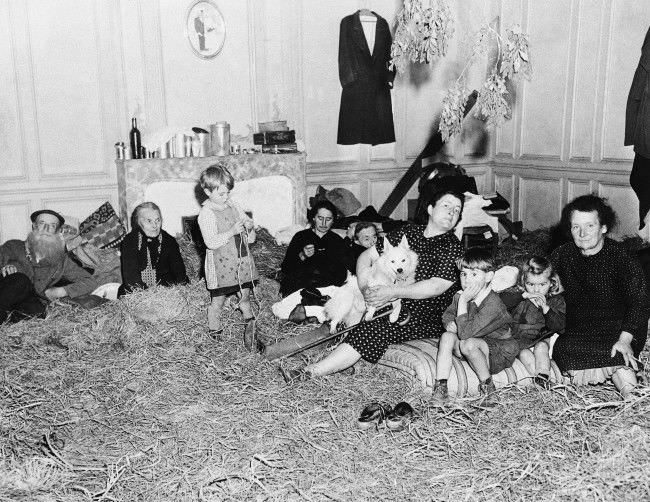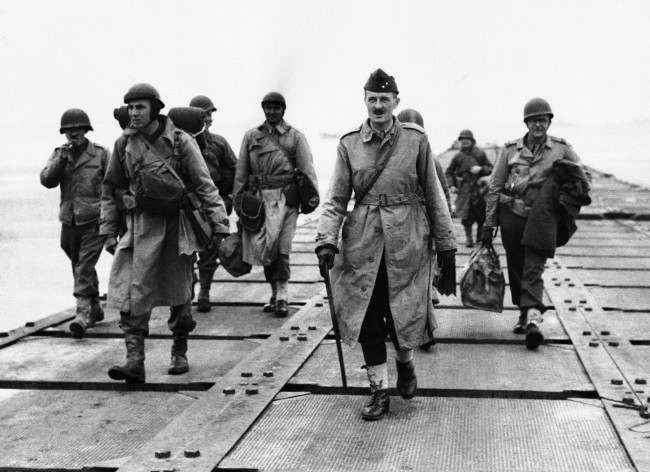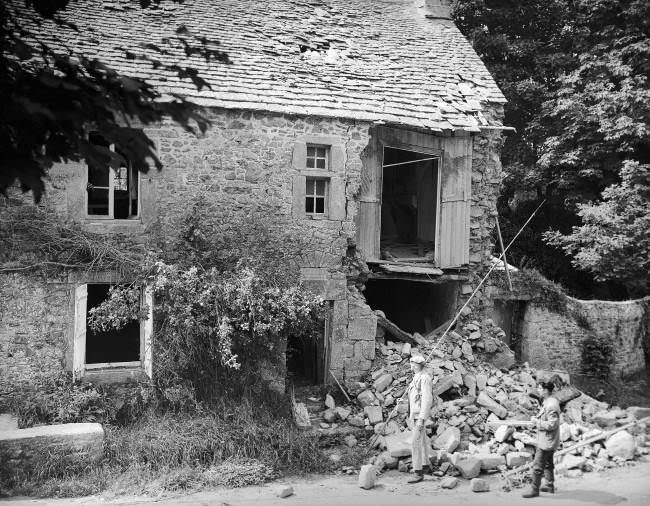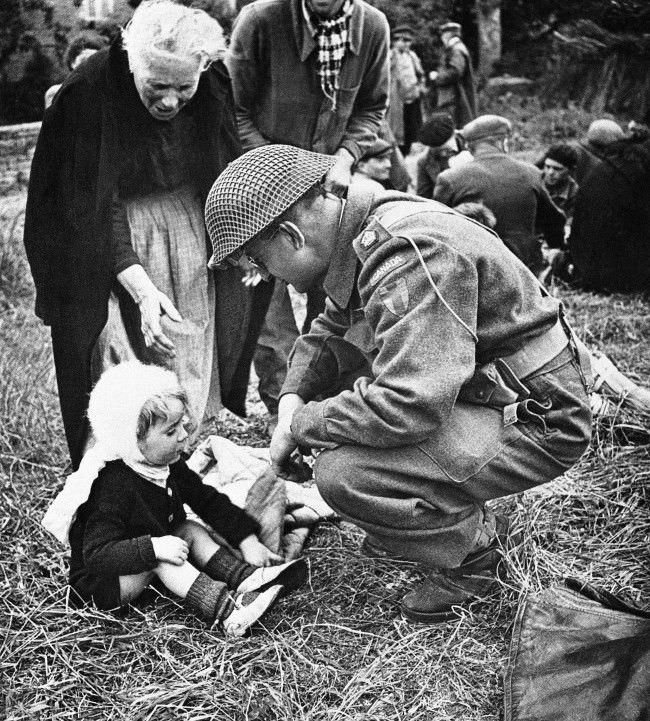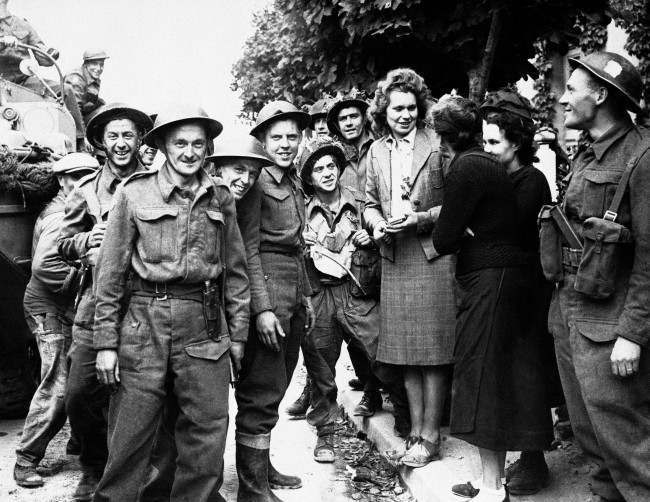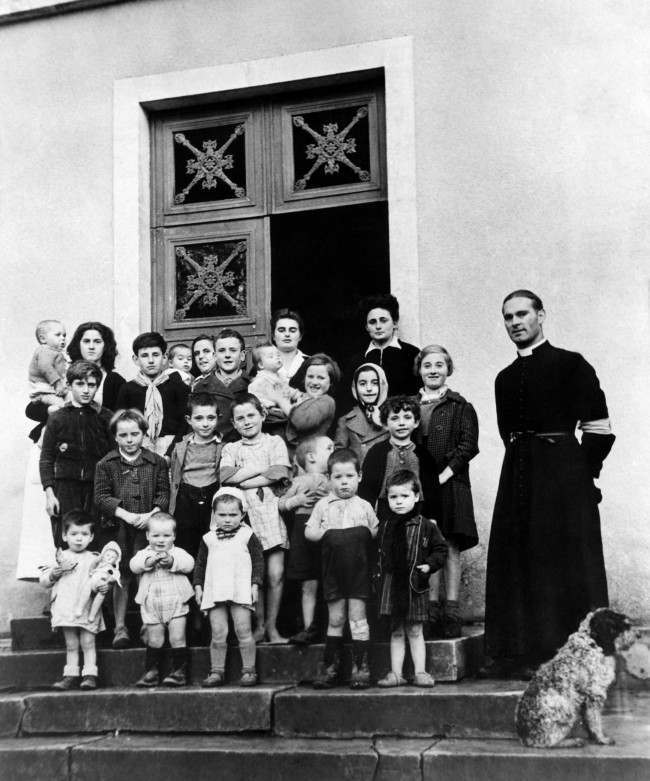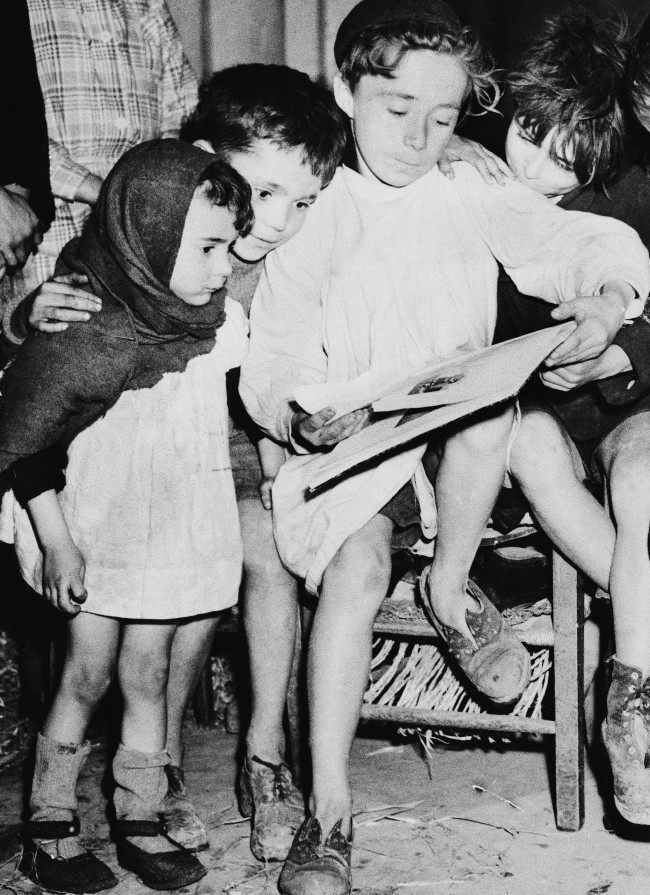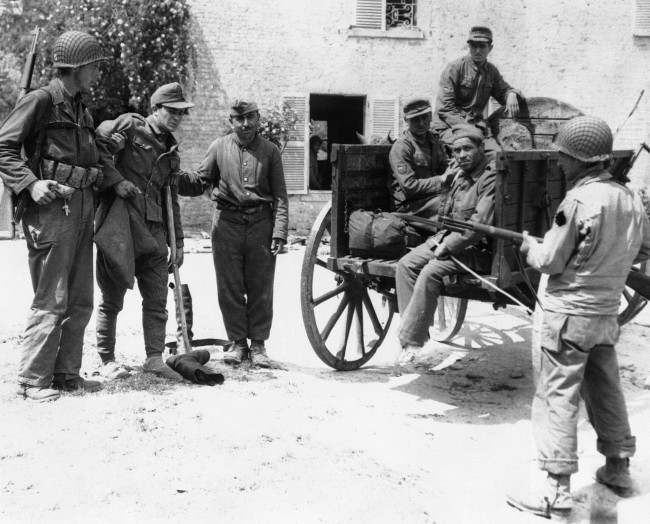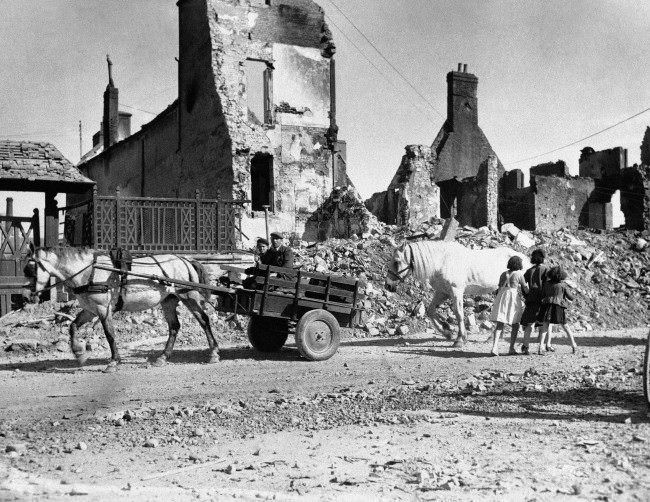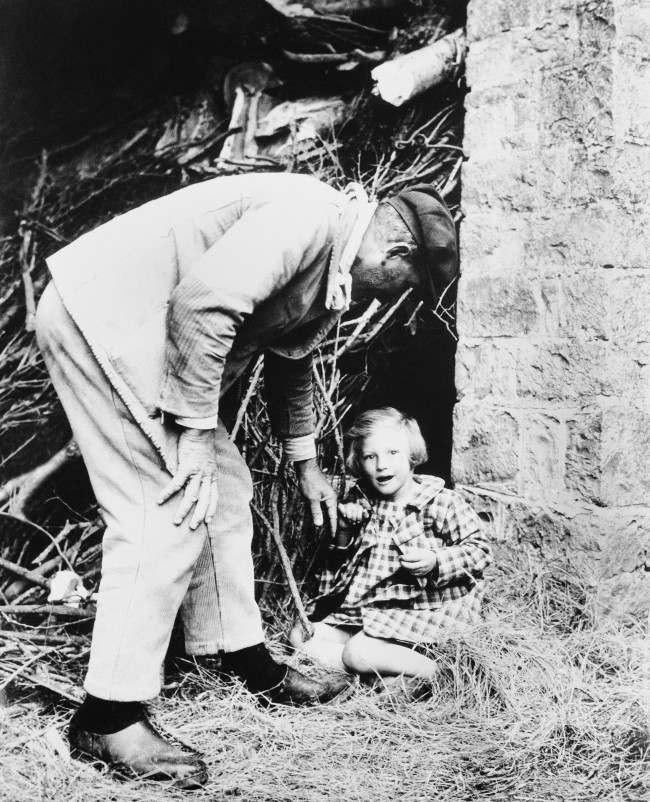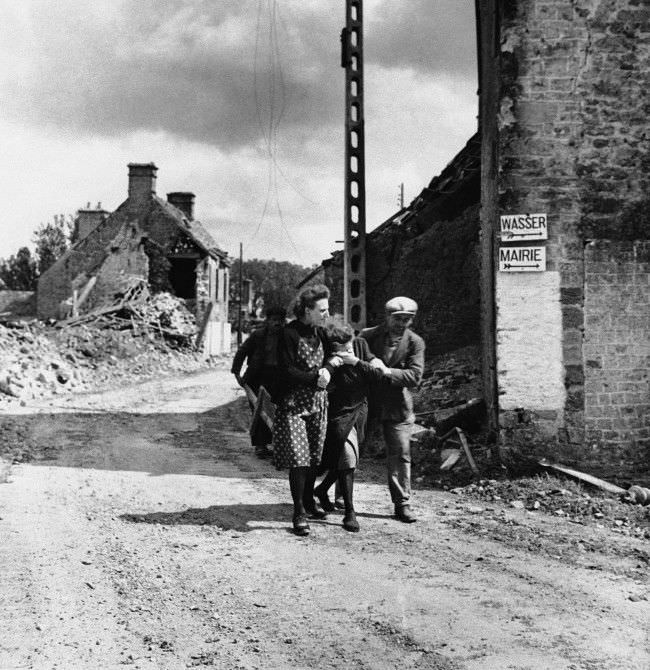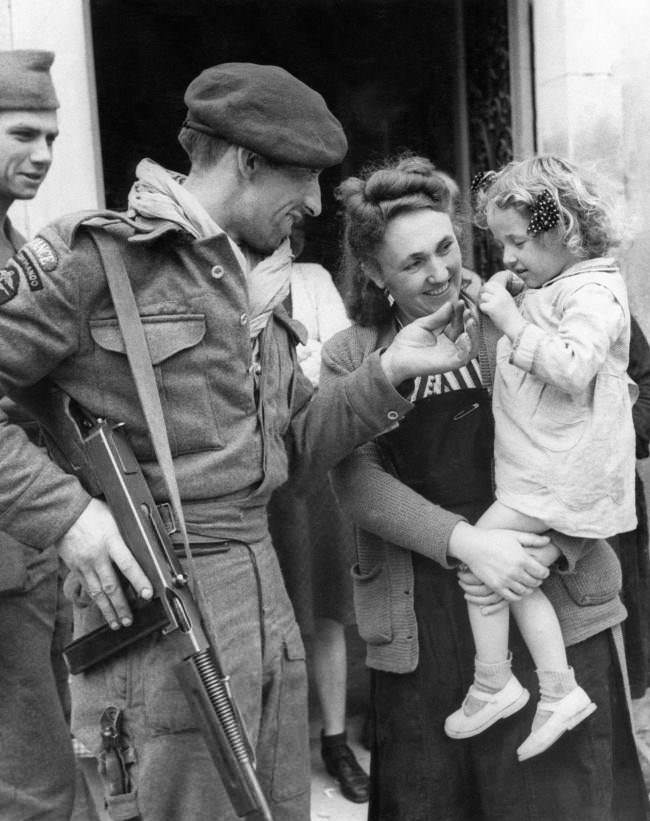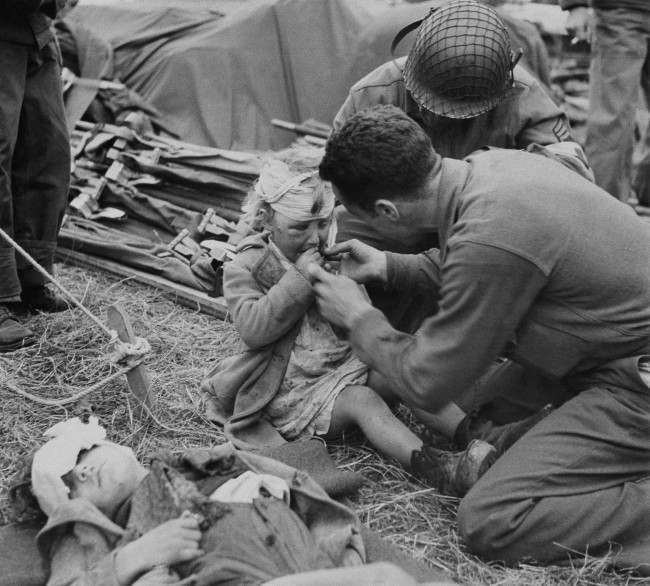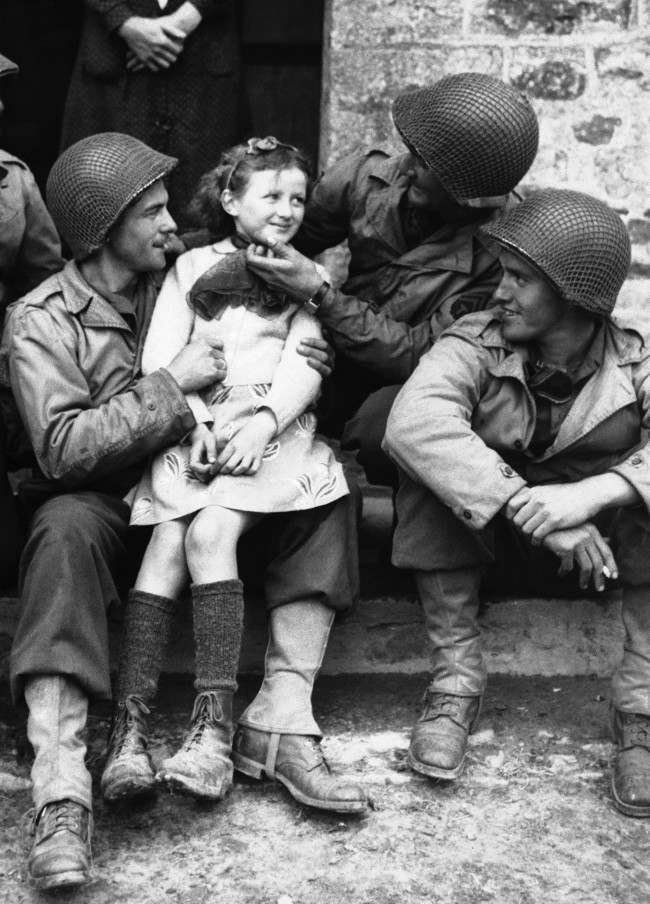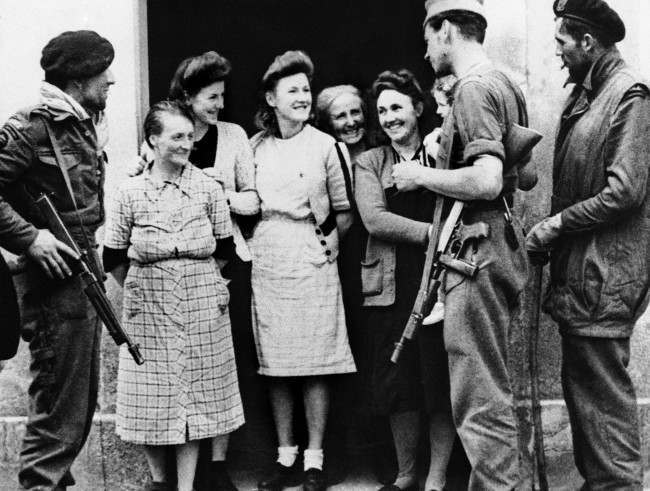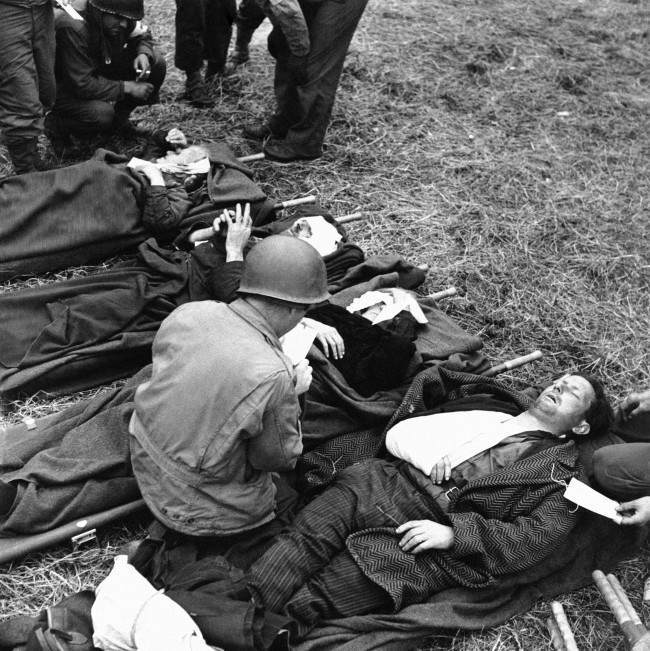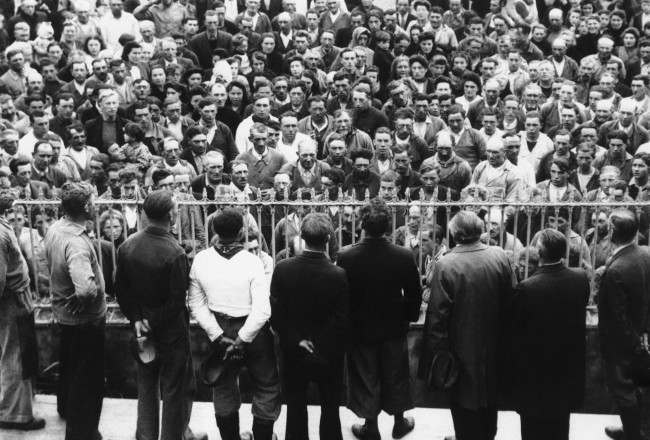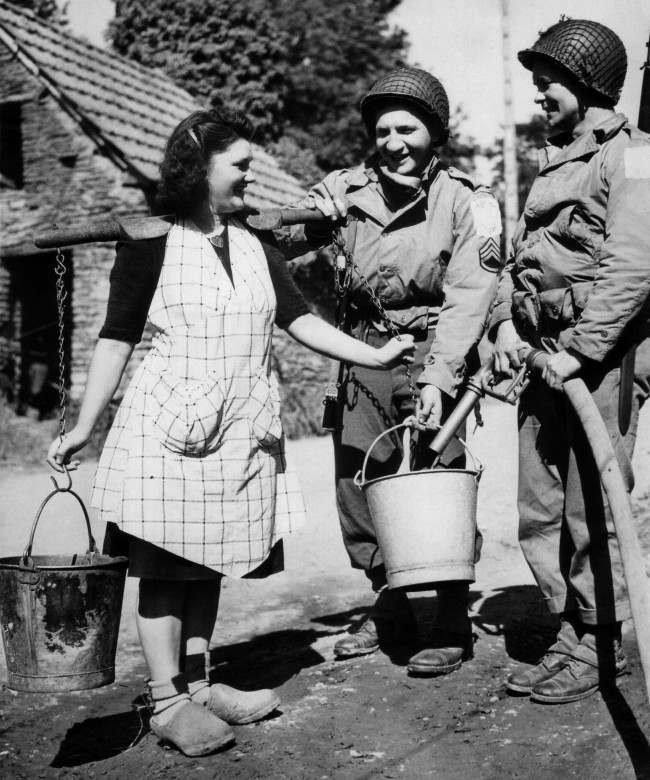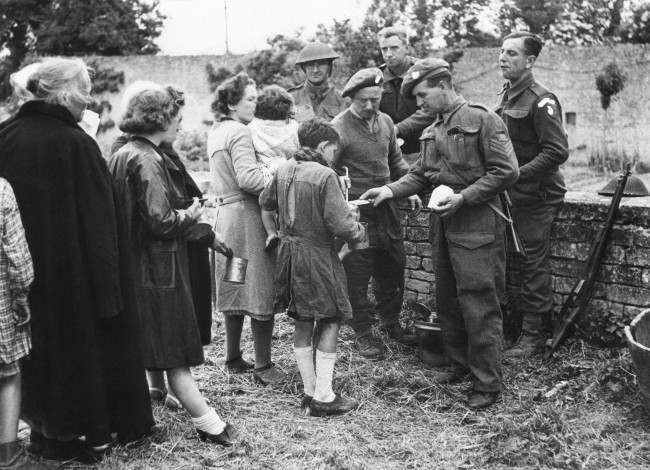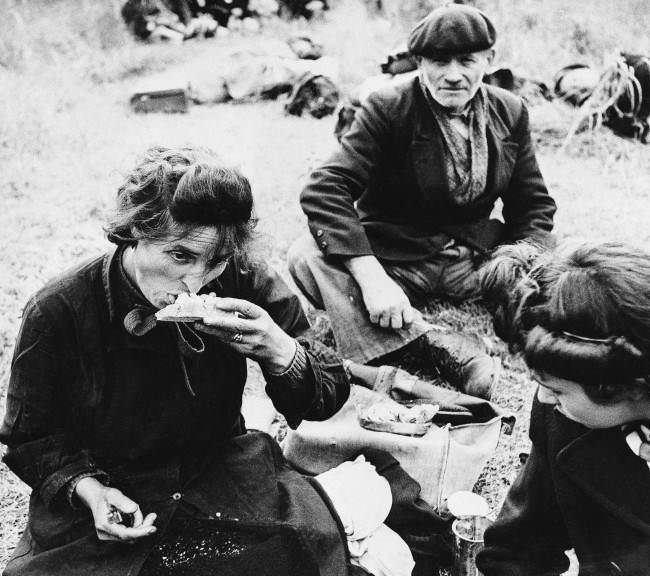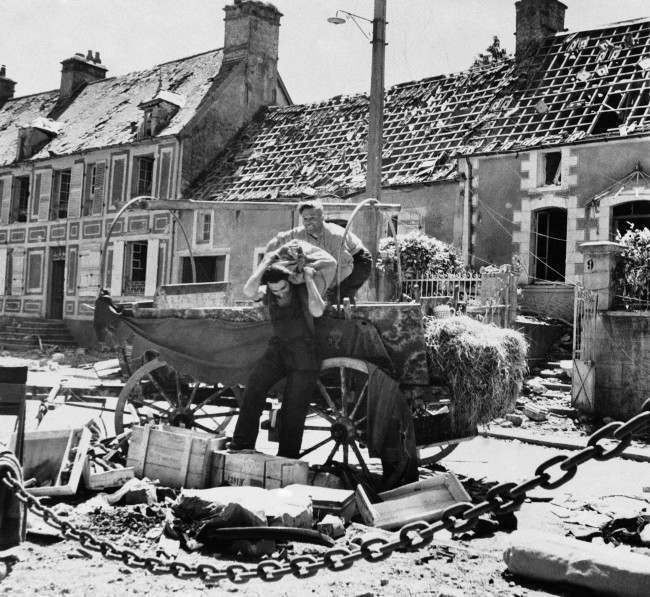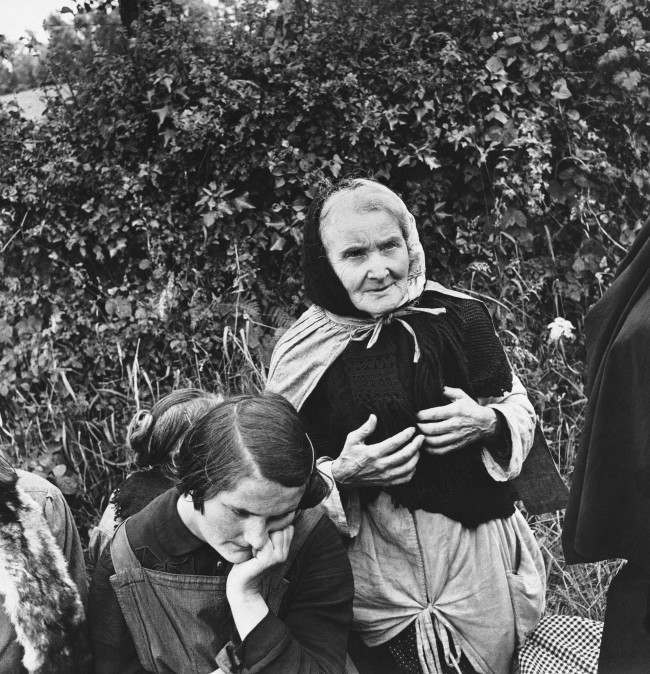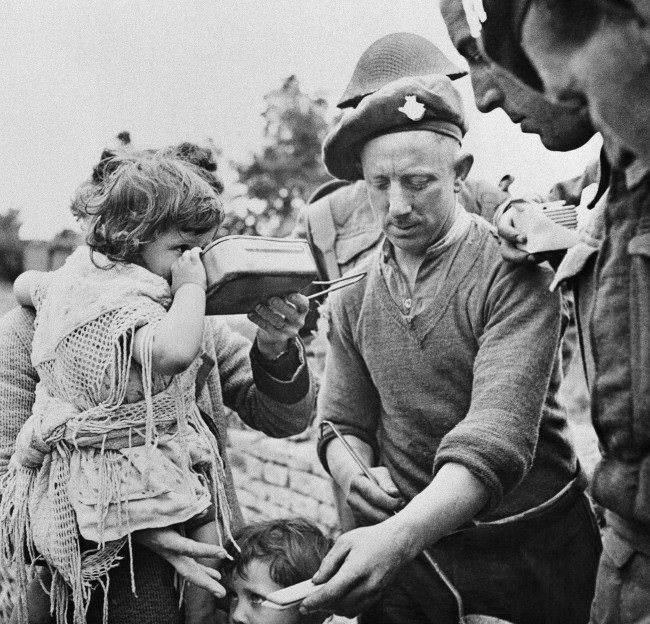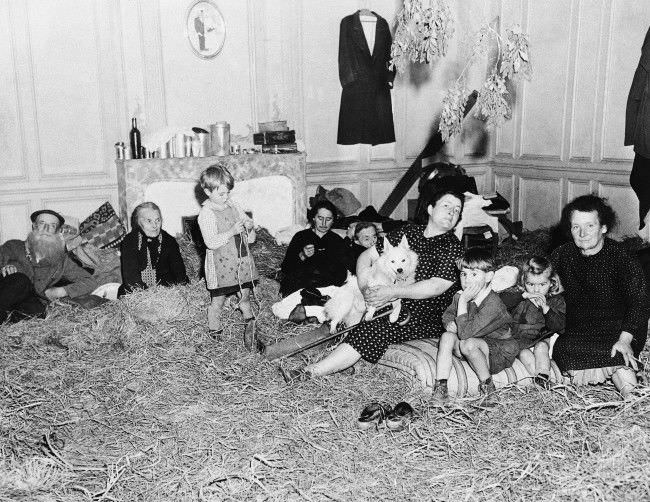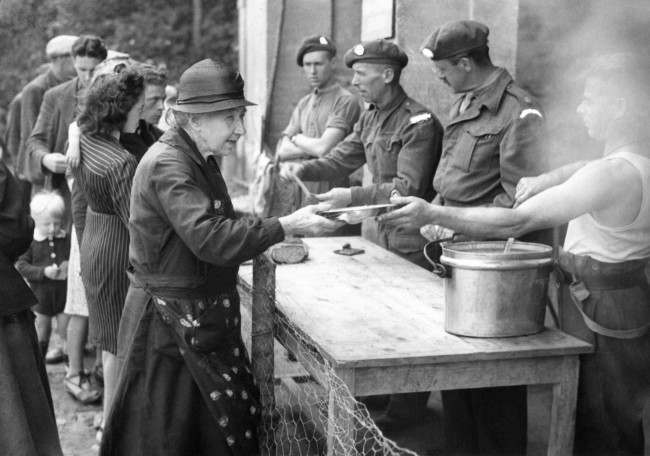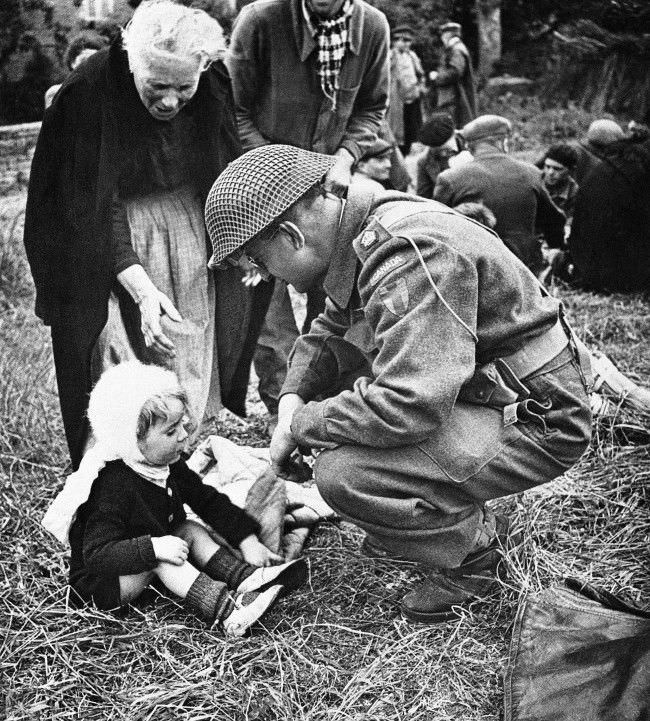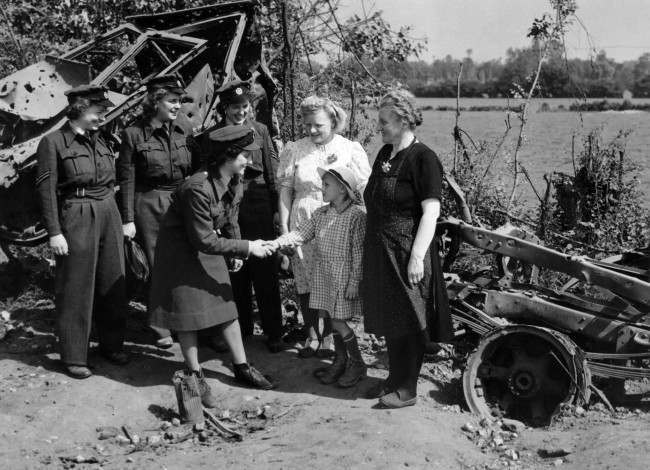After the D-Day invasion in June 1944, Normandy saw significant changes. The beaches that were once battlegrounds became sites of recovery and rebuilding. Soldiers and locals worked together to clear the debris left by the fierce fighting. The destruction was vast, but hope began to emerge.
Daily life was challenging. Many homes were damaged, and supplies were low. However, people started to adapt. Markets reopened, and farmers resumed planting crops. The smell of fresh bread filled the air again, reminding everyone that life continued.
Local communities came together to support one another. Neighbors shared food and resources. Children played in the streets, their laughter a sign of resilience. The presence of Allied troops brought a mix of relief and uncertainty. While many felt safer, the threat of enemy attacks still loomed.
As the weeks went by, efforts to restore order increased. Schools reopened, and towns began to rebuild their infrastructure. People worked hard to fix roads and bridges, making travel easier. The sounds of construction filled the air, symbolizing a return to normalcy.
The war was still ongoing, but the spirit of the Normans shone through. They organized events to lift morale. Concerts and gatherings helped unite the community. These moments of joy were essential for coping with the ongoing challenges.
Photographs from this time show both the struggles and the determination of the people. They captured moments of laughter, hard work, and hope. Each image told a story of survival and courage in the face of adversity.


